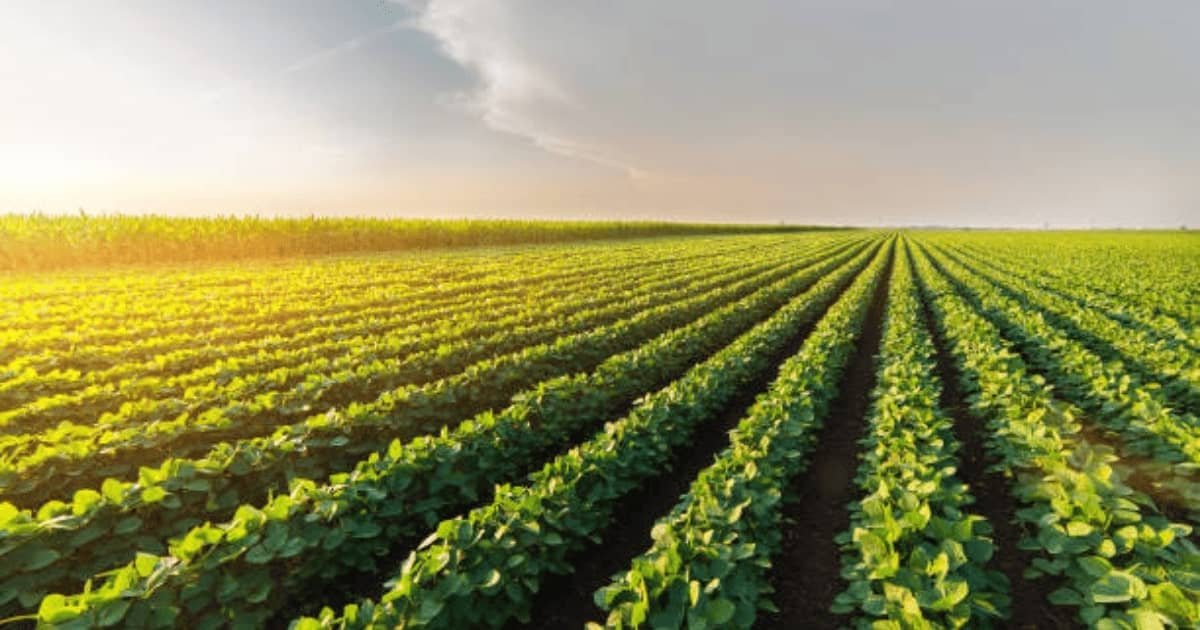Plantation Agriculture is a type of agriculture where a single crop is grown in large amounts on a plantation. The crop is usually grown for export and the plantation is often owned by a company or government. Plantations can be found in many parts of the world, but are most common in tropical countries.
What is Plantation Agriculture?
In order to understand plantation agriculture, it is important to know the history of the crop and how it is grown. Plantation agriculture is a type of farming where a single crop is planted in a large area and harvested mechanically. This type of agriculture is often used for crops that are grown for profit, such as cotton, sugarcane, and tobacco.
Plantation Agriculture refers to a farming system where crops are grown on a large scale for profit. Plantations can be found all over the world, but are most commonly found in tropical and subtropical regions. The crops grown on plantations are usually cash crops, meaning they are sold on the global market for a high price. Some of the most common crops grown on plantations include sugarcane, coffee, cocoa, bananas, and pineapples.
History of plantation agriculture in the United States
The history of plantation agriculture in the United States is an integral part of the development of the agricultural economy in the country. Plantation agriculture is a type of farming where a large estate is operated by a single owner, and the majority of the work is done by hired laborers. The crops that are raised on plantations are typically cash crops, such as cotton, sugarcane, or tobacco.
Plantation agriculture first began to take hold in the Southern United States in the early seventeenth century. At this time, there was a great demand for cotton in England, and Southern plantation owners began to grow cotton as a cash crop. Over time, other crops were added to the mix, including sugarcane and tobacco.
By the nineteenth century, plantation agriculture had become firmly entrenched in the Southern economy.
Characteristics of Plantation Farming
- Commercial plantation farming involves huge fields used to grow predominantly cash crops for export.
- Plantations produced large yields of tea, sugarcane, espresso, elastic, cotton, and bananas.
- Commercial and plantation farming require a vast labor and capital.
- Transportation was needed to get these harvests to processing factories.
- Latest plantation farming technology and techniques used. Crops exported and foreign exchange for other portions. Tea, espresso, sugarcane, and elastic are some developed harvests.
- This required a lot of money.
- Labor demanding farming.
- Crops are cultivated with high mechanisms.
Benefits Plantation Agriculture
Plantation agriculture is a sort of business cultivation that grows crops for profit. Plantation farming requires a lot of areas to be profitable. This cultivating is found in hot and humid climates. Many people don’t realize the difference between plantation farming and other types of farming. And the majority believe they are extremely similar.
- Plantation agriculture is a job source.
- It earns money for the state through fees and taxes.
- It boosts the economy’s exports.
- Agriculture increases modernization by arranging raw materials, particularly agricultural companies.
- It promotes agricultural growth and research.
Major Crops Grown in Plantation Farming
Many crops are grown in plantation farming around the world. These crops can be used for a variety of purposes, including food, fuel, and fiber. Some of the most common crops grown in plantation farming include-
- Tea
- Coffee
- Rubber
- Cocoa
- Betel Nut
- Betel Leaf
- Oil Palm
- Bamboo
- Sugarcane
- Cashew
- Rubber
- Banana
- Cotton,
- Coconut, Etc.
Commercial Farming VS Plantation Farming
Commercial farming and plantation farming are two different types of agriculture. They have different goals, methods, and results. Commercial farming is the most common type of farming in the United States. Its goal is to produce as much food as possible to sell at a profit.
Plantation farming is rarer, but its goal is to produce a specific crop for sale. Plantations usually grow one type of crop, while commercial farms grow many types of crops.
Commercial farmers use modern machines and chemicals to increase their production. Plantation farmers use fewer machines and less chemical inputs. This is because plantations are often located in areas where the soil or climate is not good for growing many crops.
The results of commercial farming and plantation farming are also different. Commercial farms produce a lot of food, but it is not always high quality.
Difference between commercial farming and plantation farming are given below-
| Basis | Commercial farming | Plantation farming |
| Meaning | It uses advanced technologies for higher productivity | In this, entire year’s single crop is grown |
| Crops | Multiple crops | One crop |
| Purpose | Commercial purposes | Profit maximization |
| Examples | Cereals, cotton, sugarcane, jute, etc. | Tea, coffee, rubber, cocoa, etc. |
Conclusion
In conclusion, plantation agriculture has a long and complex history. It is a vital part of the global food system, and has been an important source of income and employment for many people. However, it is also a source of environmental degradation and social injustice. It is important to remember the good and the bad when considering this type of agriculture.
